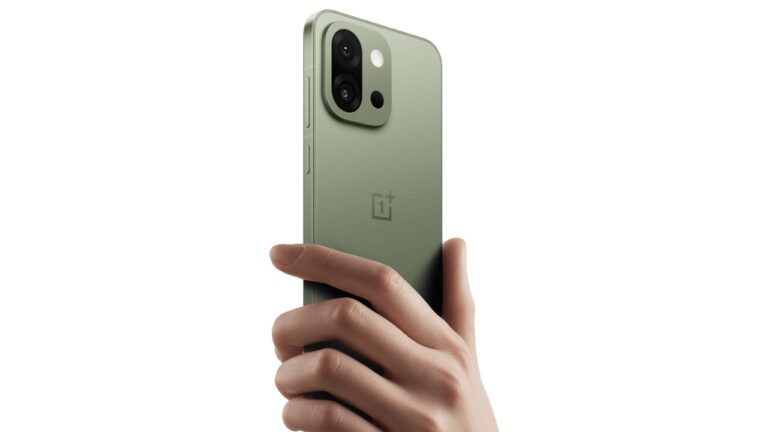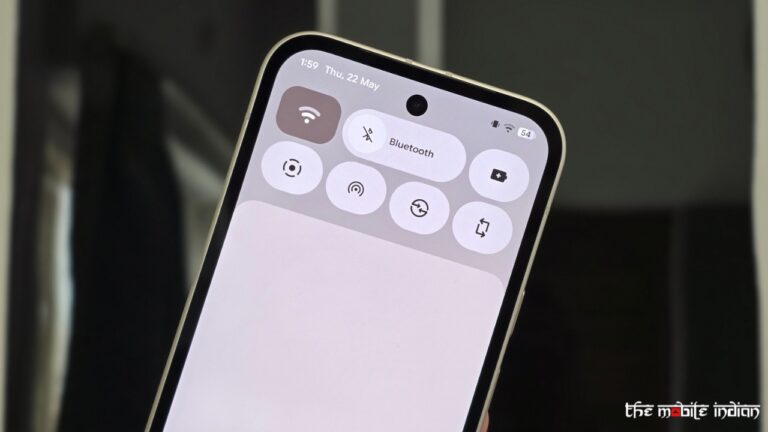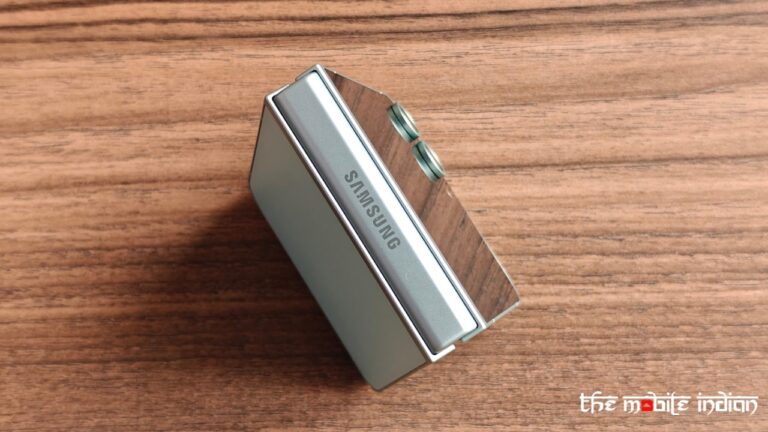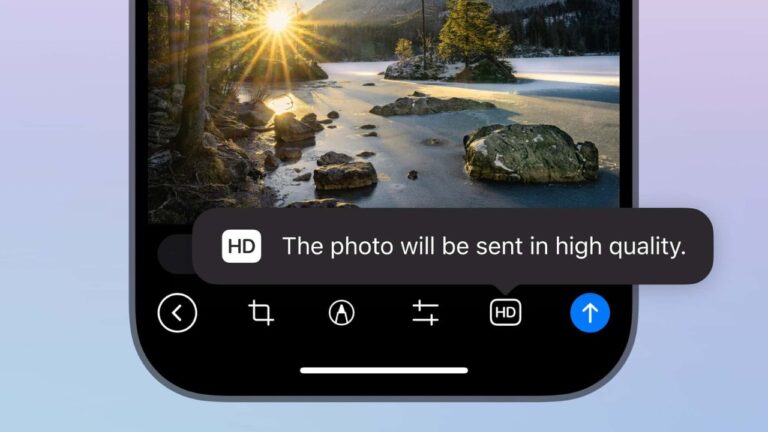Samsung has announced the launch of the new 32-inch Samsung Color E-Paper display as a digital signage solution for businesses. Earlier this year, the brand revealed a 75-inch version of the same product. The new solution packs advanced digital ink technology and delivers ultra-low power consumption, high visibility and a lightweight design, according to the brand.
32-inch Samsung Color E-Paper: Details
The new 32-inch Samsung Color E-Paper ddisply operates at 0.00W when displaying static content. With a fully charged integrated battery, users have the ability to install and use Color E-Paper freely without being connected to a power source. During content updates, the display still uses significantly less energy than the conventional digital signage, says Samsung.
Equipped with QHD (2,560 x 1,440) resolution, it leverages Samsung’s advanced color imaging algorithm to optimize color accuracy and readability. This optimization softens the edges of the image while creating smoother and more vibrant colors for a display resembling traditional paper posters and retail promotional stands.
Weighing only 2.5kg and measuring 17.9mm thick, the display has a paper-thin design that allows for versatile placement on walls, tables and ceilings using the hanging accessories that come with it. With 13.9mm bezels on all sides, the display provides high usability in both landscape and portrait modes, while its VESA mount compatibility further expands installation options. It further gets two USB-C ports, Wi-Fi and Bluetooth connectivity and 8GB of onboard storage.
Read More: Samsung Galaxy Z Fold 7, Z Flip 7, Z Flip 7 FE Colour Options, Storage Variants Leaked
Available on Android and iOS mobile devices, the dedicated Samsung E-Paper app allows users easy control to directly create content, schedule display times and set up content on Color E-Paper devices. Additionally, the Samsung VXT (Visual eXperience Transformation) platform — which provides real-time remote control and intuitive content management of devices and effortless content creation — is now compatible with Color E-Paper.
This allows for centralized device management and smooth integration with existing supported signage products. Samsung VXT also includes a feature uniquely tailored for Color E-Paper to optimize content visibility and a preview function to ensure colors are accurate before deployment.
For enterprises, Samsung VXT also supports real-time monitoring and centralized device management, streamlining content deployment across multiple locations. Powered by Samsung Tizen 8.0, businesses can integrate the display seamlessly into existing systems via Tizen Enterprise APIs.












